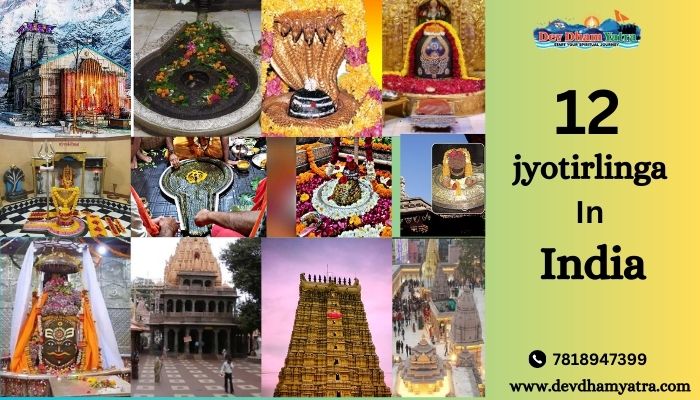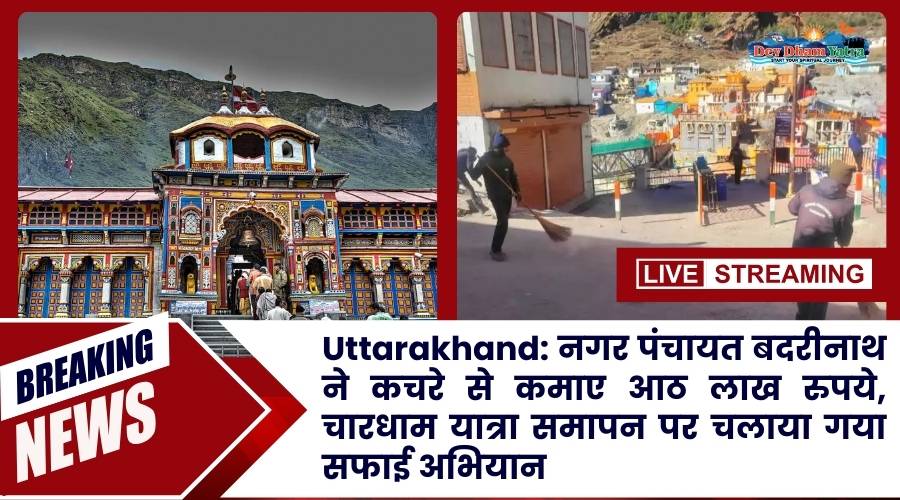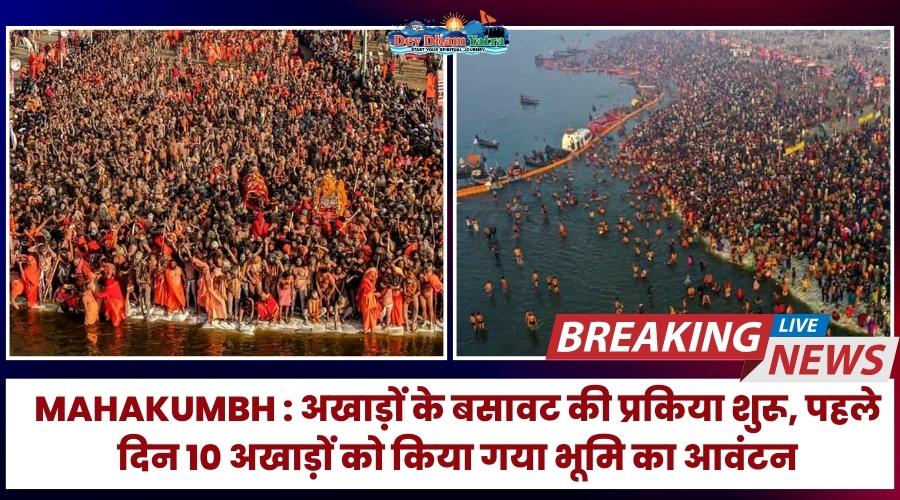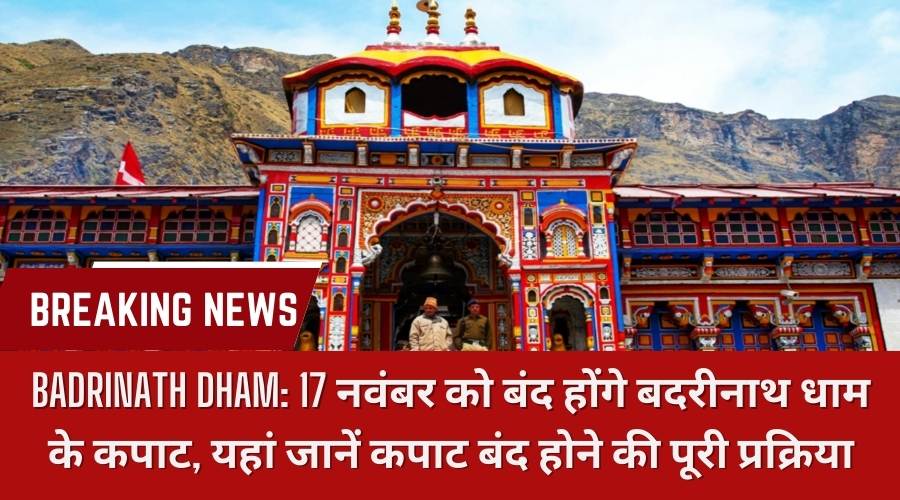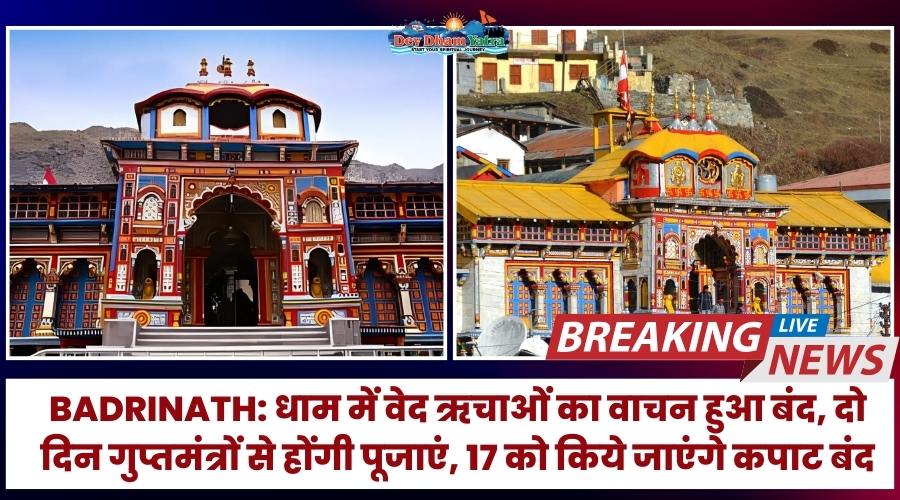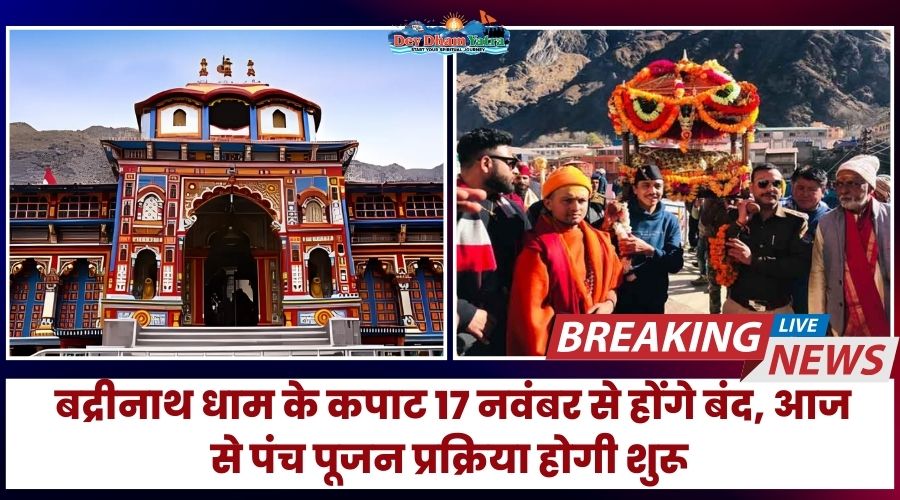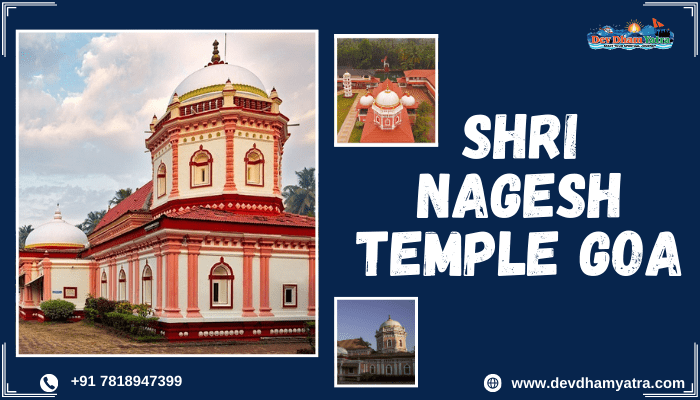12 jyotirlinga:
The word “Jyotirlinga” can effectively be broken down into two, ‘Jyothi’, meaning ‘radiance’ and ‘linga’, meaning ‘phallus’. These 12 Jyotirlinga can be considered manifestations of Lord Shiva. Spread across India are 12 Jyotirlinga that are visited by Hindus from all across the nation. So, if you also plan to embark on a spiritual journey, then begin your journey with these jyotirlingas that are as divine as the presence of the almighty God.
12 Jyotirlinga (Temples of Lord Shiva) In India :
Spread across India, Jyotirlingas are visited by devotees and travellers from all over the world. Planning and organizing your trip to these 12 Jyotirlinga, this list can be helpful to you.
Below are listed the 12 Jyotirlinga with their name and location –
- Somnath in Gir, Gujrat
- Mallikarjuna in Sirsailam, Andhra Pradesh
- Mahakaleshwar in Ujjain, Madhya Pradesh
- Omkareshwar in Khandwa, Madhya Pradesh
- Baidyanath in Deoghar, Jharkhand
- Bhimashankar in Maharashtra
- Ramanathaswamy in Rameswaram, Tamil Nadu
- Nageshwar in Dwarka, Gujarat
- Kashi Vishwanath in Varanasi, Uttar Pradesh
- Trimbakeshwar in Nasik, Maharashtra
- Kedarnath in Rudraprayag, Uttarakhand
- Ghrishneshwar in Aurangabad, Maharashtra
Somnath in Gir( Gujarat)
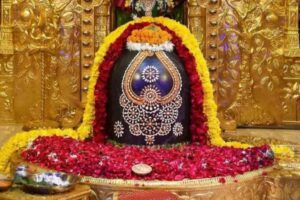
The Somnath Temple, Gujarat situated near Veraval in Kathiawar district, is considered to be the first of the 12 Jyotirlingas. This jyotirlinga in Gujrat has been a highly revered pilgrimage site since ancient times. According to the Shiva Purana, Soma the God of Moon, who was married to 27 daughters of Daksha Prajapati loved Rohini the most. Seeing how he neglected his other wives, Prajapati cursed Soma, and he lost all his radiance. Moon God Soma along with Rohini came to Somnath and worshipped the “Sparsha Lingam” after which he was blessed by Lord Shiva and regained his lost beauty and shine. After that upon requesting, Lord Shiva assumed the name “Somchandra” and resided there eternally. He became famous by the name Somnath.
Mallikarjuna in Srisailam (Andhra Pradesh)
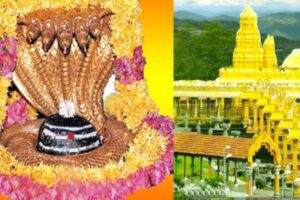
Situated on the Shri Shaila Mountain, on the banks of Krishna River in the southern parts of Andhra Pradesh is the Mallikarjuna Jyotirlinga. It is considered as “Kailash of the South” and is one of the greatest shrines of Lord Shiva in India. At this temple are two deities Mallikarjun (Shiva) and Bhramaramba (Devi). According to the Shiva Purana, when Lord Ganesha got married before Kartikeya he became very angered, and went away to the Kraunch Mountain. All the other Gods tried to comfort him, in vain. Finally, Lord Shiva and Goddess Parvati themselves travelled to the mountains, but were turned away by Kartikeya. Seeing Kartikeya like this they were very hurt, thus Lord Shiva assumed the form of a Jyotirlinga and resided on the mountain. People believe that just by seeing the tip of this mountain one can be free of all sins and can break free from the cycle of life and death
Mahakaleshwar in Ujjain( Madhya Pradesh)
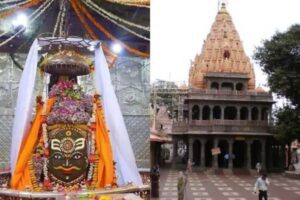
Located on the banks of the Shipra River, in the Mahakal Forest of Ujjain, Madhya Pradesh is the Mahakaleshwar Jyotirlinga. There are various legends related to how this Jyotirlinga came into existence. According to the Puranas, there once was a five-year-old boy Shrikar who was facinated by the devotion of King Chandrasen towards Lord Shiva, so he took a stone and started worshipping it as Lord Shiva. Others tried to prevent him from doing so in different ways, but his devotion kept increasing. Contended by the boy’s devotion, Lord Shiva assumed the form of a Jyotirlinga and resided in the Mahakal Forest. The Mahakaleshwar Temple is considered among one of the seven “Mukti-Sthal”, the place that can liberate a person from the cycle of life and death.
Omkareshwar in Khandwa(Madhya Pradesh)
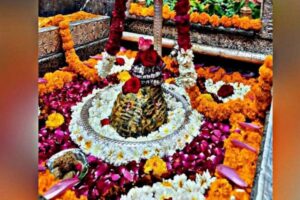
Located on the island of Shivapuri in the Narmada River is located the Omkareshwar Jyotirlinga. The word Omkareshwar has two meanings, “The Lord of Omkara” or “The Lord of Om Sound!”. According to the Hindu scriptures, once there was a great war between the Devas in Gods) and Danavas in Demons), in which the Danavas won. This was a major blow to the Devas who then prayed to Lord Shiva. Pleased with their prayers, Lord Shiva materialized in the form of Omkareshwar and defeated the Danavas and thus Omkareshwar Jyotirlinga was formed and thus this place is considered highly sacred by the Hindus.
Baidyanath in Deoghar( Jharkhand)
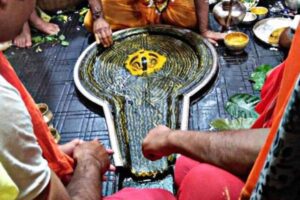
Baidyanath Jyotirlinga also called Vaidyanath Jyotirlinga is located at Deogarh in the Santal region of Jharkhand. Devotees believe that sincerely worshiping in this shrine relieves a person from all his problems. Some people believe that one can attain moksha in salvation) by worshipping this Jyotirlinga. According to a legend, King Ravana once meditated and asked Lord Shiva to make him invincible. After that Ravana became conceited and tried to take the Kailash Mountain with him, but Lord Shiva instead trapped him under it. Ravana felt immense remorse, and thus was given a Jyotirlinga on the condition that if he places the Jyotirlinga on the ground it would become rooted to that spot. While taking the Jyotirlinga to Sri Lanka, Lord Varuna entered Ravana’s stomach making him wanting to relieve himself. Ravana handed the Jyotirlinga to a brahmin boy in Lord Vishnu in disguise) while he relieved himself. However, the brahmin boy placed the lingam on the ground and the jyotirlinga got rooted there. Ravana tried to pick it up again with all his strength. However, he could not. So, he paid fealty to the jyotirlinga right there.
Bhimashankar in( Maharashtra)
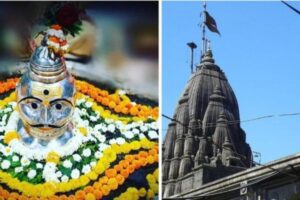
Located in the Sahyadri region of Maharashtra, the Bhimashankar Jyotirling lies on the banks of Bhima River and is considered as the source of the river. Legends say that this Jyotirlinga is related to Kumbhakarna’s son Bhima. When Bhima learned that he was the son of Kumbhakarana who was killed by Lord Vishnu, he vowed to get revenge. Bhima prayed to please Lord Brahma who graced him with immense power. After which, he wreaked havoc upon the world. Bhima also defeated King Kamrupeshwar and imprisoned him. Then he tried to destroy the Shivling made by Kamrupeshwar in the prison which made Lord Shiva angry and thus Lord shiva came and destroyed the demon and later manifested himself in the form of Jyotirlinga. It is also said that the sweat which from Lord Shiva’s body after the battle formed the Bhima River.
Ramanathaswamy in Rameswaram( Tamil Nadu)
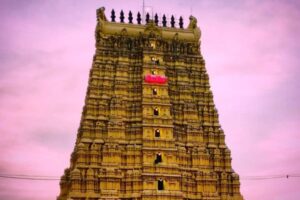
Located on the island of Rameswaram, off the Sethu coast is Ramanathaswamy Jyotirlinga. This temple is widely known for its architecture, long ornate corridors, towers, and 36 theerthams. This has been a revered by many to be at par with Banaras. This Jyotirlinga is closely associated with Lord Ram’s victorious return from Sri Lanka. It is said that on his way back from Sri Lanka Lord Ram wanted to absolve his sin of killing a Brahman. So, Lord Shiva advised to build a Shiva Linga and conduct a pooja. After Lord Ram left, Lord Shiva turned into a Jyotirlinga and resided at the place for eternity.
Nageshwar in Dwarka( Gujarat)
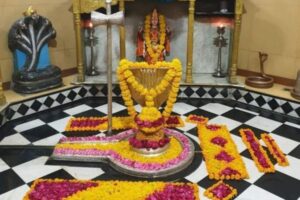
Also known as Nagnath Temple, Nageshwar Jyotirling is located on the route between Gomati Bait Dwarka Islands on the coast of Saurashtra, Gujrat. It is said that anyone that worships at this temple can get rid of all poisons. According to the Shiva Purana, a devotee of Lord Shiva, Supriya was captured by the demon Daaruka, who imprisoned her and many others at his capital Daarukavana. Supriya advised her fellow prisoners to chant “Aum Namaha Shivaya”, which infuriated Daaruka who immediately ran to kill her. Just then Lord Shiva manifested in front of the demon and destroyed him. Thus, the Nageshwar Jyotirlinga came into existance.
Kashi Vishwanath in Varanasi(Uttar Pradesh)
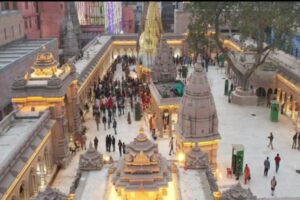
The most revered site in the world- Kashi, situated in the holy city of Banaras (Varanasi), one can find Kashi Vishwanath Jyotirlinga. Apart from the many Ghats and Ganga River flowing through Varanasi, the Shivalinga remains the devotional focus. It is believed that Banaras the place where the very first Jyotirlinga manifested, breaking the earth’s crust and flaring towards the heaven. The people believe, those who die here achieve salvation. Many believe that Lord Shiva resides here and grants liberation and happiness. Although this temple has been rebuilt quite a lot, it still holds its ultimate significance.
Trimbakeshwar in Nasik( Maharashtra)

Located near Brahmagiri Mountain in Nasik, Maharashtra the Trimbakeshwar Jyotirlinga is considered to be the source of river Godavari (which is known as Gautami Ganga) the most sacred river in South India. According to the Shiva Purana, through the earnest request of River Godavari, Gautam Rishi and other Gods, Lord Shiva decided to reside here and took upon the name Trimbakeshwar. Gautam Rishi earned a pit from God Varuna which provided an inexhaustible supply of grains and food. The other Gods in a fit of jealousy sent a cow to enter and destroy the granary. The cow mistakenly got killed by Gautam Rishi, who then asked Lord Shiva for a method to purify the area. Lord Shiva then asked Ganga to flow through and purify the land. Everyone sang praises for the Lord Shiva who stayed besides Ganga in the form of Trimbakeshwar Jyotirlinga. Some Hindus consider this Jyotirlinga as the one which fulfils everyone’s desires.
Kedarnath in Rudraprayag( Uttarakhand)

Kedarnath Temple, one of the holiest sites in Uttarakhand is located in the Rudra Himalaya Range at the height of 12000 ft. on Mount Kedar. The temple where the Jyotirlinga is consecrated is open for six months only. It has been a tradition since time unkown, that while embarking on a pilgrimage to Kedarnath people should first visit Yamunotri and then Gangotri and bring holy water as tribute to Kedarnath. According to the legends, contended by the penance of the two incarnations of Lord Vishnu (Nara and Narayana), Lord Shiva decided to make permanent abode in Kedarnath in the form of a Jyotirlinga. People say by praying at Kedarnath one gets can fulfil their desires.
Ghrishneshwar in Aurangabad(Maharashtra)
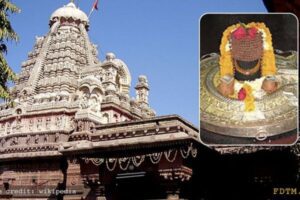
Just 20 km from Daulatabad, near Aurangabad in Maharashtra is located the Ghrishneshwar Jyotirlinga. Another famous tourist spot – Ajanta & Ellora caves can also be found near this temple. Kusumeswarar, Ghushmeswara, Grushmeswara and Grishneswara are some other names for this temple. According to the Shiva Purana, a couple Sudharm and Sudeha, who lived on the Devagiri Mountain were childless, so Sudeha got her sister Ghushma married to Sudharm. Soon a son was born who made Ghushma feel proud and Sudeha jealous. Giving into her jealousy, Sudeha drowned the son in the lake where Ghushma used to offer lingams. Ghushma prayed to Lord Shiva who gave back her son and told her of her sister’s heinous act. Sudharm requested Lord Shiva to forgive Sudeha which made Lord Shiva pleased. Upon Sudharm’s request, Shiva manifested in the form of a Jyotirlinga and took the name of Ghushmeshwar.
FAQs
1.What are 12 Jyotirlingas?
Ans. 12 Jyotirlingas are sacred and special shrines in Hinduism that are dedicated to Lord Shiva, who is one of the main gods. They are believed to be powerful spiritual centers where Lord Shiva appeared in the form of a divine light, or “jyoti.”
2.How many Jyotirlingas are there?
Ans.There are 12 Jyotirlingas located in different parts of India. Each one has its own significance and story.
3.Why are they 12 Jyotirlinga important?
Ans.12 Jyotirlingas are considered highly sacred and are believed to hold a lot of spiritual energy. Devotees visit them to seek blessings, offer prayers, and connect with Lord Shiva.
4.What are the names of the 12 Jyotirlingas?
Ans.The 12 Jyotirlingas are: Somnath, Mallikarjuna, Mahakaleshwar, Omkareshwar, Kedarnath, Bhimashankar, Kashi Vishwanath, Trimbakeshwar, Vaidyanath, Nageshwar, Rameshwar, and Grishneshwar.

